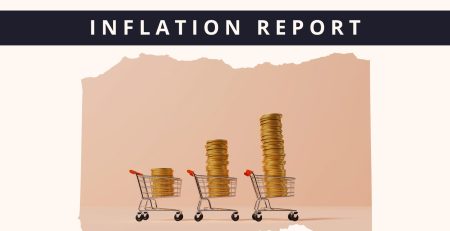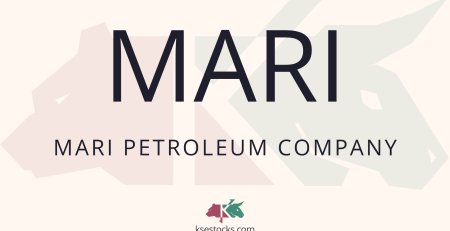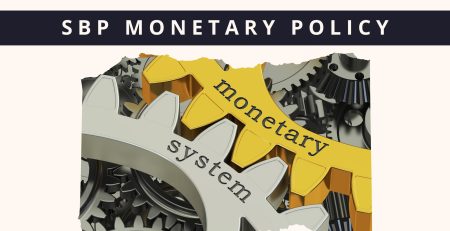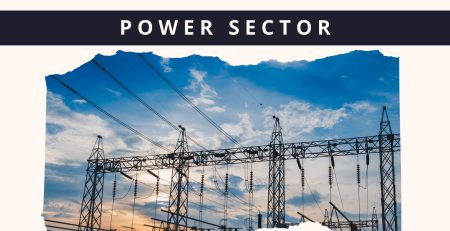Pakistan’s Textile Exports Jump 32% in July 2025: What’s Driving the Growth?
Pakistan’s textile industry has started FY25 on a strong note. In July 2025, textile exports rose by 32% year-on-year (YoY), reaching USD 1.7 billion compared to USD 1.3 billion in the same month last year. On a monthly basis, exports were also up 10% from June.
What’s behind the surge?
Several factors worked in Pakistan’s favor:
📢 Announcement: We're on WhatsApp – Join Us There!
- US-Pakistan Trade Deal: From August 7, 2025, Pakistani textile products face a 19% tariff in the US. This is lower than India’s 25%, Vietnam’s 20%, and Bangladesh’s 20%. This gives Pakistan a competitive edge in one of its largest export markets.
- Improved Raw Material Prices: Lower costs for inputs helped boost margins and competitiveness.
- Seasonal Demand: Summer months brought stronger global demand for textile products.
Segment-wise breakdown
The growth was especially strong in value-added textiles (products that require more design, finishing, and labor):
- Knitwear up 44% YoY
- Bed wear up 38% YoY
- Towels up 34% YoY
- Ready-made garments up 35% YoY
- Made-up articles (like household textiles) up 45% YoY
On the other hand, basic textiles like yarn and cloth only grew about 1% YoY. This shows that Pakistan is moving toward more value-added exports, which generally bring in higher earnings.
Challenges on the supply side
Not everything is smooth sailing. Cotton, the backbone of the textile industry, is facing problems:
- Cotton arrivals fell 17% YoY to 887,000 bales due to heatwaves, water shortages, and pest attacks in Sindh and Punjab.
- To cover the shortfall, Pakistan’s raw cotton imports jumped 2.8x YoY to USD 143 million in July 2025.
- Local cotton prices stayed stable at PKR 16,200 per maund.
Looking ahead, cotton production in FY26 is expected to improve thanks to larger cultivation areas and better yields. However, monsoon floods remain a big risk.
Don't miss:
- Which cars are driving the rally in auto stocks?
- 5 High ROE stocks according to Topline Securities
- Why TPLP could go higher.
Policy impact
The government has approved an 18% sales tax on imported cotton, yarn, and grey fabric, making imports less competitive. This could encourage mills to buy more local cotton. But plans to remove sales tax on local cotton haven’t yet moved forward, which continues to be a concern.
Why does it matter?
Textiles account for the largest share of Pakistan’s exports. The strong performance in July signals good momentum for FY25, especially with:
- Lower tariffs in the US market
- Growing demand for value-added products
- Stable raw material costs (despite cotton shortages)
If local cotton issues are managed, Pakistan’s textile sector could see a sustained recovery in FY25 and FY26.
Source: Taurus Securities Limited
⚠️ This post reflects the author’s personal opinion and is for informational purposes only. It does not constitute financial advice. Investing involves risk and should be done independently. Read full disclaimer →












Leave a Reply